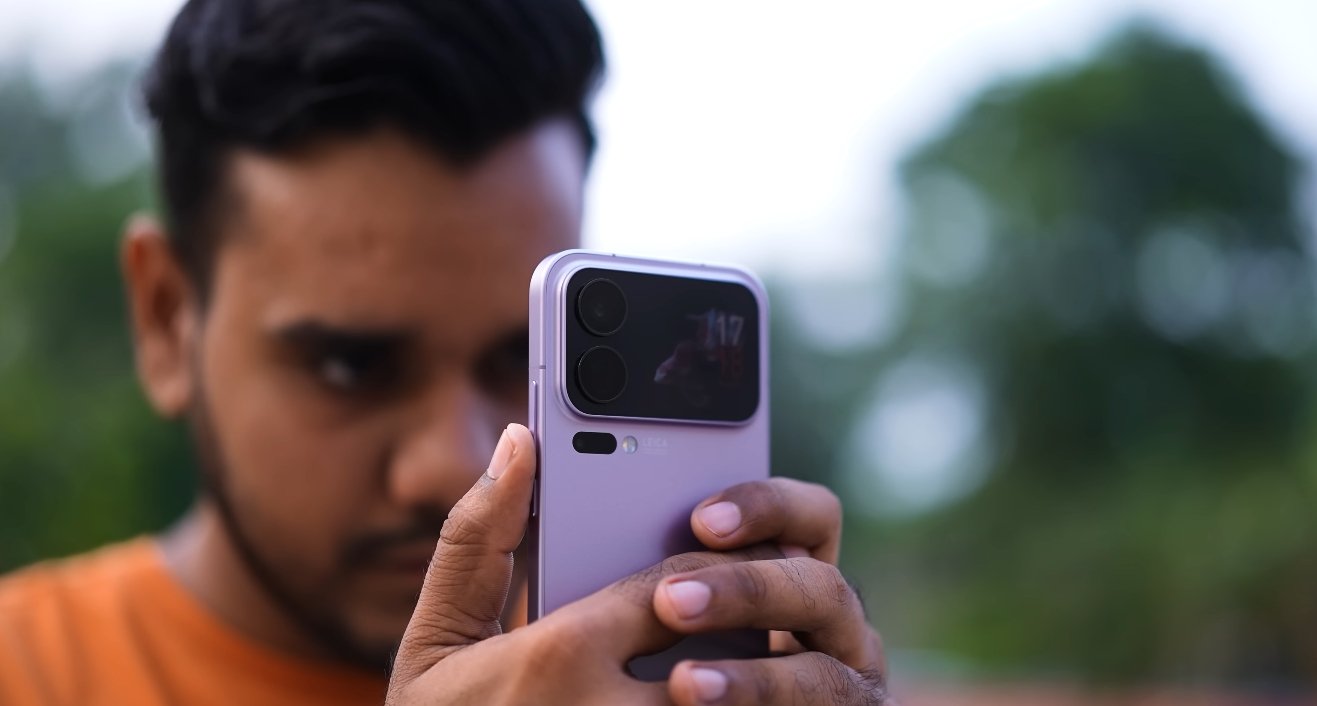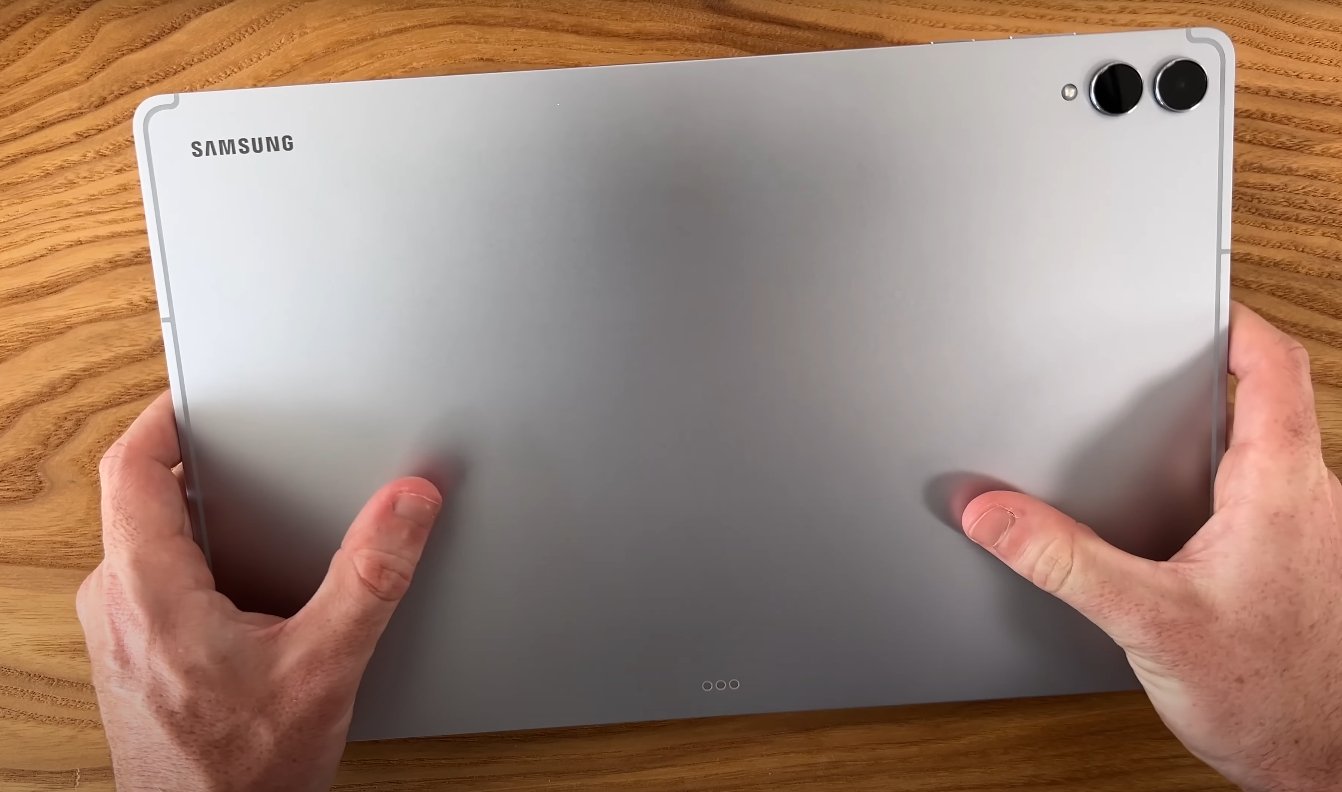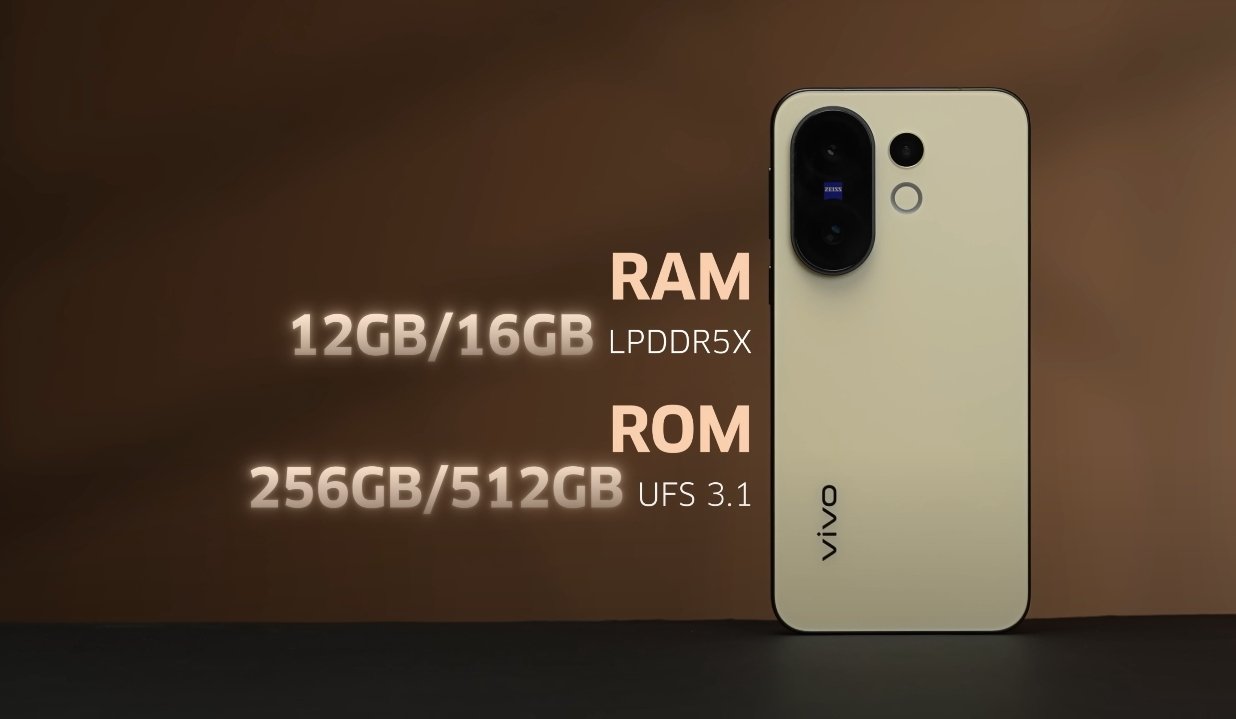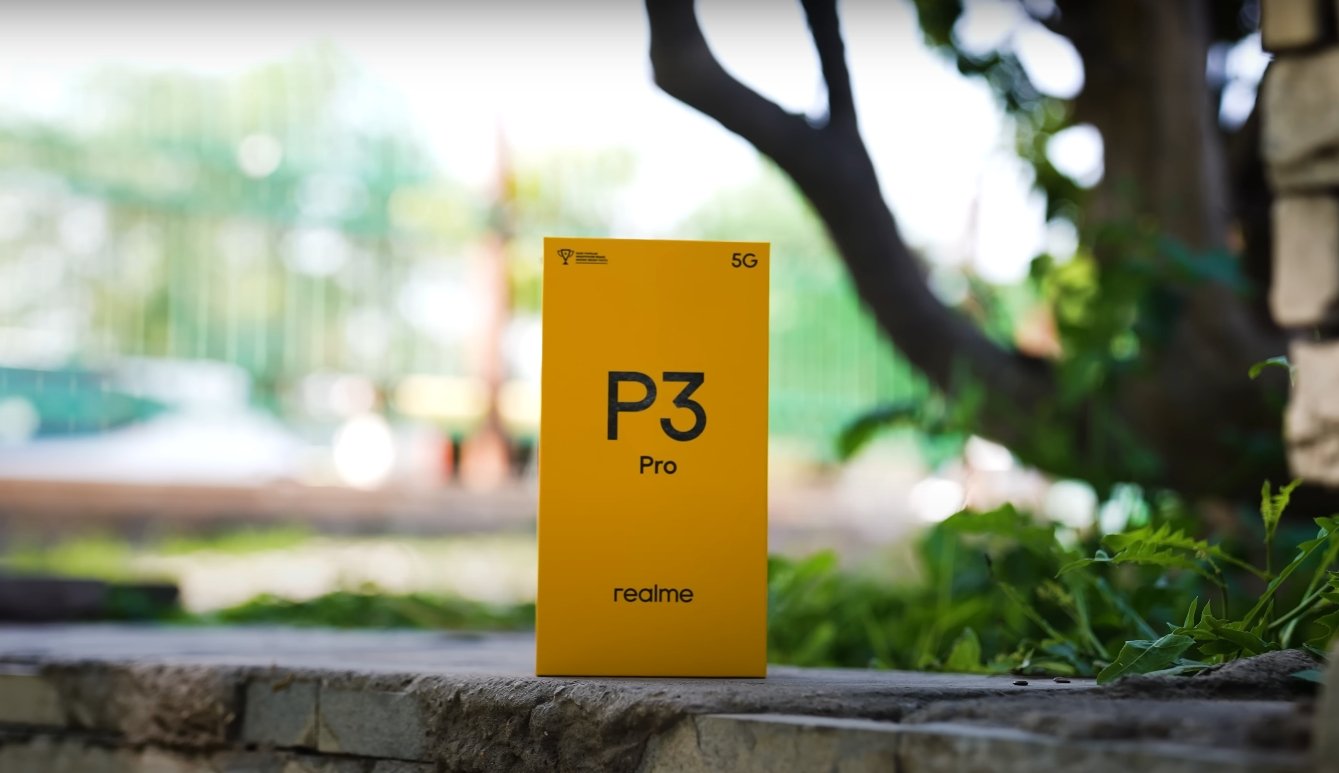Performance Comparison Between Xiaomi 17 Pro Max and OnePlus 13 Pro
The Xiaomi 17 Pro Max and OnePlus 13 Pro are two of the most powerful smartphones available in 2025, both featuring the Snapdragon 8 Elite Gen 5 chipset. While the specifications on paper appear similar, real-world performance can vary due to factors such as thermal management, software optimization, and hardware integration. Benchmark testing provides a clear way to evaluate how these devices perform under intensive tasks and multitasking scenarios.
The Xiaomi 17 Pro Max comes with an octa-core CPU clocked up to 4.61 GHz and an Adreno 840 GPU. This setup, combined with a large RAM configuration, allows the device to handle intensive gaming, high-resolution video editing, and multitasking without noticeable slowdowns. In benchmark tests, the Xiaomi 17 Pro Max achieves an AnTuTu score exceeding 3.7 million points, reflecting excellent overall system performance. Geekbench 6 tests show a single-core score of around 3,485 and a multi-core score of 10,710, indicating strong computational ability across both single-threaded and multi-threaded workloads.
The OnePlus 13 Pro also runs on the Snapdragon 8 Elite Gen 5 chipset, featuring the same octa-core CPU and Adreno 840 GPU. However, benchmark results show slightly lower scores compared to the Xiaomi 17 Pro Max. AnTuTu tests report approximately 2.8 million points, while Geekbench single-core and multi-core scores are around 2,946 and 8,999, respectively. This difference suggests that while OnePlus 13 Pro is extremely capable, the Xiaomi device offers a marginal edge in raw processing power.

Thermal management is another important aspect of performance. The Xiaomi 17 Pro Max incorporates an advanced cooling system, including a vapor chamber and graphite sheets, which help maintain optimal temperatures during prolonged use. This allows the device to sustain peak performance during extended gaming sessions or heavy multitasking without significant throttling. Users report that even during intensive tasks, the Xiaomi device remains cool and responsive, which contributes to a consistently high performance in real-world usage.
The OnePlus 13 Pro also includes a robust cooling solution but has shown minor thermal throttling during extended high-intensity gaming sessions. While the device still performs well for most tasks, sustained performance can dip slightly when compared to Xiaomi’s flagship, particularly in scenarios involving continuous GPU-intensive activity such as long gaming or rendering sessions.
Software optimization further differentiates these two smartphones. The Xiaomi 17 Pro Max runs MIUI 17, which emphasizes efficient resource management and extensive customization. MIUI’s optimizations contribute to smoother multitasking and better performance stability under high load. On the other hand, the OnePlus 13 Pro runs OxygenOS 16, which offers a clean, responsive interface with minimal bloat. While OxygenOS provides an excellent user experience, some users report occasional minor stutters when the device handles very demanding tasks, highlighting the impact of software optimization on overall performance.
In terms of graphics performance, the Xiaomi 17 Pro Max outperforms the OnePlus 13 Pro slightly in GPU-intensive benchmarks. Geekbench Compute scores and in-game testing reveal that Xiaomi maintains higher frame rates and smoother visuals during prolonged gaming sessions. The OnePlus 13 Pro handles most modern games well, but under maximum settings and extended sessions, frame drops can occur more frequently than on Xiaomi’s device. This difference, while minor, can affect competitive gamers or users who prioritize top-tier gaming performance.
For everyday multitasking, both devices excel, thanks to high RAM capacities and fast storage technologies. Users can run multiple apps, switch between tasks seamlessly, and handle media editing or streaming without noticeable slowdowns. However, the Xiaomi 17 Pro Max’s higher benchmark scores and efficient thermal management give it an advantage when pushing the hardware to its limits. Tasks like 4K video rendering, intensive gaming, and augmented reality applications perform slightly better on Xiaomi, making it a more future-proof choice for users who demand maximum performance.
In conclusion, the Xiaomi 17 Pro Max and OnePlus 13 Pro are both exceptionally capable smartphones, offering top-of-the-line performance powered by the Snapdragon 8 Elite Gen 5 chipset. While OnePlus 13 Pro provides a strong and reliable experience suitable for most users, the Xiaomi 17 Pro Max demonstrates higher benchmark scores, better sustained performance under load, and superior thermal management. For users who prioritize raw power, multitasking efficiency, and gaming performance, the Xiaomi 17 Pro Max is the clear winner. For those who value a clean interface and solid performance, the OnePlus 13 Pro remains an excellent option. Both devices set high standards for flagship smartphone performance in 2025.
Also Read: Xiaomi 17 Pro Max vs iPhone 16 Plus camera comparison







